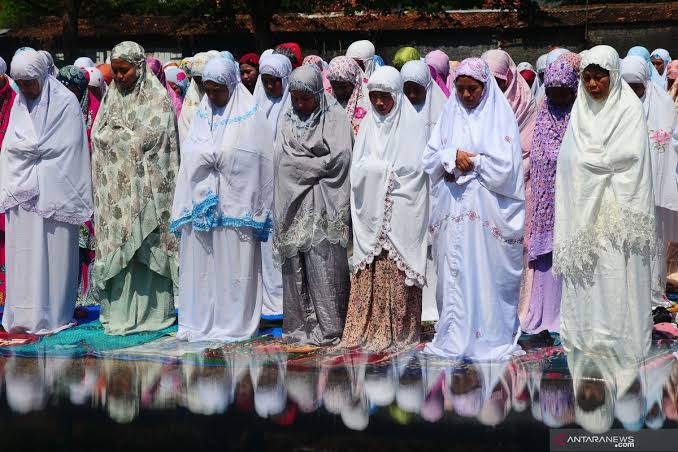Initially, I will reference Mustafa Akyol’s story when he was on a flight from Saudi Arabia. He had attended a conference on the politics of the Middle East. After finishing his business, he flew to Istanbul. In his story, Mustafa Akyol noticed that half of the women were wearing face veils (niqab). When the Turkish Airlines flight neared Istanbul, he was shocked by those women. Some women who returned from the lavatory appeared in a different fashion. “Even one of those women wore the shortest miniskirts I had ever seen,” said Akyol.
Mustafa Akyol did not judge those women. He explains that women in Saudi Arabia did not have freedom of expression. He added that the local authorities had forced them to do something they did not want to do (Akyol, 2021). Although Akyol only mentions a particular case in the freedom of expression, the same situation occurs in certain Islamic countries. To make this discussion more specific, I will draw the landscape faced by Indonesia today.

Comparatively speaking, the appearance of Islam in Indonesia is more flexible than that in other countries. Even Najib Burhani quoted a journalistic report which labeled Islam in Indonesia as ‘Islam with a Smiling Face’. Does this reality necessitate that Indonesians have experienced freedom of expression? Neither can I answer this question precisely nor can I deny that Islam in Indonesia has a unique face. Islam shows its heterogeneity rather than homogeneity. There are not only many schools (madhahib) of Islamic thought but also numerous mass organizations. At the same time, Islam in Indonesia addresses several unique religious authorities.
Responsibility for Freedom of Expression
A discussion over Islam in Indonesia cannot marginalize the roles of preachers as well as the mass organizations. Seeking freedom of expression will be complete after we analyze the roles of mass organizations critically. For years, either Muhammadiyah or Nahdlatul Ulama has proposed and supported an idea of religious moderation. Unfortunately, the positions of those mass organizations do not have an impact, obviously.
Freedom of expression is still an acute problem faced by citizens, including Muslims themselves. In December 2023, the SETARA Institute presented a result of a survey toward freedom of expression. A recent trend of freedom of expression in Indonesia declined in 2023 compared to 2021. The data suggests mass organizations and Islamic leaders who paid attention to this issue evaluate their movements. The dissemination and implementation of freedom of expression need more evaluation.
The responsibility for freedom of expression is owned by mass organizations and religious preachers. In reality, some preachers object to freedom of expression ideas. In their view, this idea was influenced by Western tradition. They may add that in Islamic traditions, freedom of expression does not exist because human behavior is governed by Islamic teaching. I can conclude that this problem and discussion over compatibility between Islam and human rights have never ended.
Freedom of Expression: Ongoing Quest
In the previous section, I raised a question about freedom of expression in Indonesia. The complexity faced by the idea makes it an ongoing process and quest. Subsequently, we cannot assert that Islam in Indonesia embodies this idea. The crash among preachers over a compatibility of freedom of expression and Islamic teaching remains the deepest problem. As a consequence, the expression, or even the confession of beliefs, by minority groups is often labelled as a heresy (penyimpangan).
In this case, Shiah and Ahmadiah groups will be able to be concrete illustration. For years those groups have sought ways to confess their religious belief and practices. However, Indonesian Muslims believe that Shiah and Ahmadiah are not only heretics but also insulting Islam. This is not special case showing a quest for freedom of expression. Similar case was faced by adherents of local beliefs (kepercayaan lokal).
Based on this reality, we can summarize that freedom of expression in Indonesian is an ongoing process. Though some scholars mentioned Islam in Indonesia as a smiling appearance, the expression by minority groups cannot be guaranteed. In conclusion, the activists of human rights and preachers who align with this issue must seek new methods. It is aimed to show and prove that Islam in Indonesia appears with their authentic face which smiles as mentioned.








